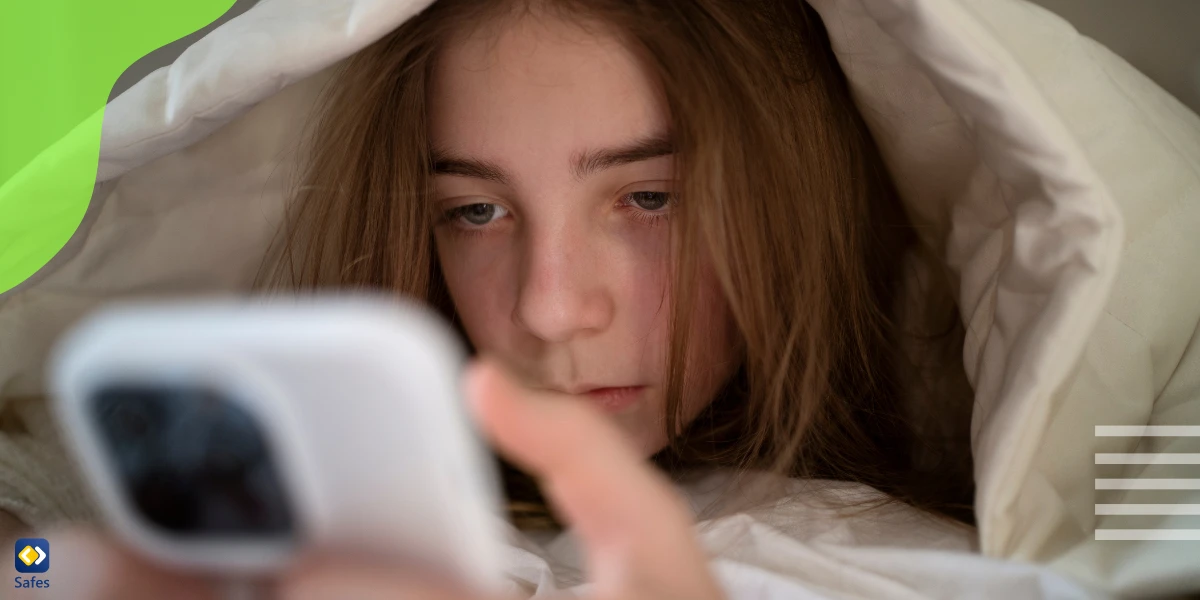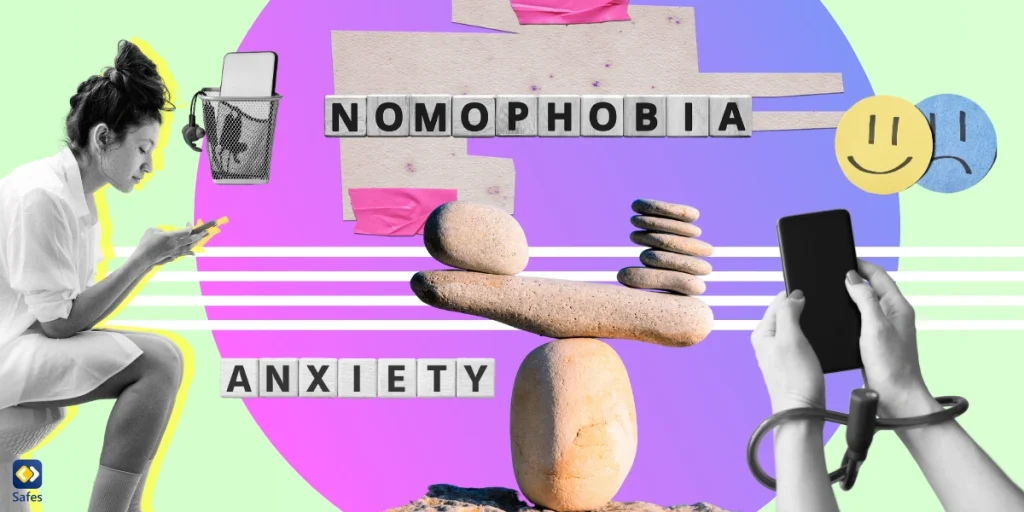Once considered a luxury, smartphones have now become a necessity, especially among teenagers. However, this dependency on smartphones has given birth to a new form of digital addiction known as Nomophobia.
Nomophobia, an abbreviation of “no-mobile-phone phobia,” is an emerging psychological disorder characterized by an intense fear of being without a mobile phone. As technology continues to seep deeper into our daily lives, this condition is gaining increased attention, particularly among the younger generation.
What Is Nomophobia in Children?
While the term might sound unfamiliar, nomophobia symptoms are all too common. It’s the uneasy feeling when you leave your phone at home, the nervousness when your battery is low, or the cold sweat when you can’t find your phone.
This condition has been the subject of various studies, highlighting the adverse effects it can have on a person’s mental health. Although it affects people of all ages, teenagers are more prone to it due to their high exposure to smartphones from a young age.
Understanding Nomophobia
To understand Nomophobia, it is essential to recognize the role smartphones play in our lives. For most teens, a smartphone is not just a device; it’s a portal to their social world, a source of information, and a tool for entertainment. The fear of losing this critical link can cause anxiety and distress, leading to Nomophobia.
Nomophobia is not officially recognized as a disorder in the Diagnostic and Statistical Manual of Mental Disorders (DSM-5). However, the symptoms and effects it produces are similar to other recognized phobias and addictions. Also, as a relatively new phenomenon, it’s still under active study, with many scientists advocating for its inclusion in the DSM.

Symptoms and Effects of Nomophobia on Teens
Now that we know nomophobia’s definition, let’s explore its symptoms. The symptoms of Nomophobia are similar to those of other addiction-related disorders. They include:
- Anxiety or distress over losing phone access
- Constantly checking the phone
- Using the phone to escape problems
- Neglecting personal and professional responsibilities due to excessive phone use
The effects of Nomophobia are far-reaching and can impact various facets of a teenager’s life, including their academic performance, social relationships, and overall mental health.
Triggers and Contributing Factors
Several factors contribute to the development of Nomophobia in teens. These include:
- Dependence on smartphones for social interaction
- The omnipresence of smartphones in daily life
- The fear of missing out (FOMO) on social events and interactions
- The use of smartphones as a coping mechanism for stress and anxiety
Recognizing Nomophobia in Your Teen
Identifying Nomophobia in your teen can be challenging, as many of the symptoms overlap with typical teenage behavior. However, there are some signs that may indicate a deeper issue, such as:
- Excessive use of the phone, even in inappropriate situations
- Anxiety or distress when the phone is not available
- Neglecting personal responsibilities due to phone use
- Decline in academic performance
Coping Strategies for Parents and Teens
Overcoming Nomophobia requires a combined effort from both parents and teens. Here are some strategies to help manage and prevent this condition:
- Set clear rules about phone use
- Encourage other activities that do not involve the phone
- Set a good example by moderating your own phone use
- Encourage open communication about phone use and its effects

Balancing Technology Use
Balancing technology use is critical to preventing Nomophobia. While it’s unrealistic to expect teens to stop using their phones completely, setting healthy boundaries can help. This could mean setting specific “phone-free” times or limiting phone use during certain activities.
The Role of Parental Control Apps
Parental control apps like Safes can play a crucial role in managing and preventing Nomophobia. Safes allows you to monitor your child’s phone usage, set time limits, and even block certain apps. By providing a way to control and monitor phone use, Safes can help you guide your child toward healthier phone habits.
Safes is available on all phones, tablets, and computers for major platforms like iOS, Android, Windows, and Mac. So, using just one app, you can protect your child on all their devices. Feel free to download Safes from App Store or Google Play. To learn how to use Safes to put parental controls on your child’s device, follow the links below:
- Windows parental controls
- Macbook parental controls
- Parental controls on Android
- iPhone parental controls
To get started, sign up for our free trial here and explore how Safes can support your parental control needs effectively.
Nomophobia: Conclusion
Nomophobia is a growing issue among today’s teens. As a parent, it’s crucial to understand this condition and take proactive steps to prevent it. By balancing technology use, communicating openly, and leveraging tools like Safes, you can help your child navigate the digital world safely and healthily.
Remember, a smartphone is a tool, not a lifeline. Let’s help our children understand this and guide them toward a healthier, more balanced relationship with technology.




